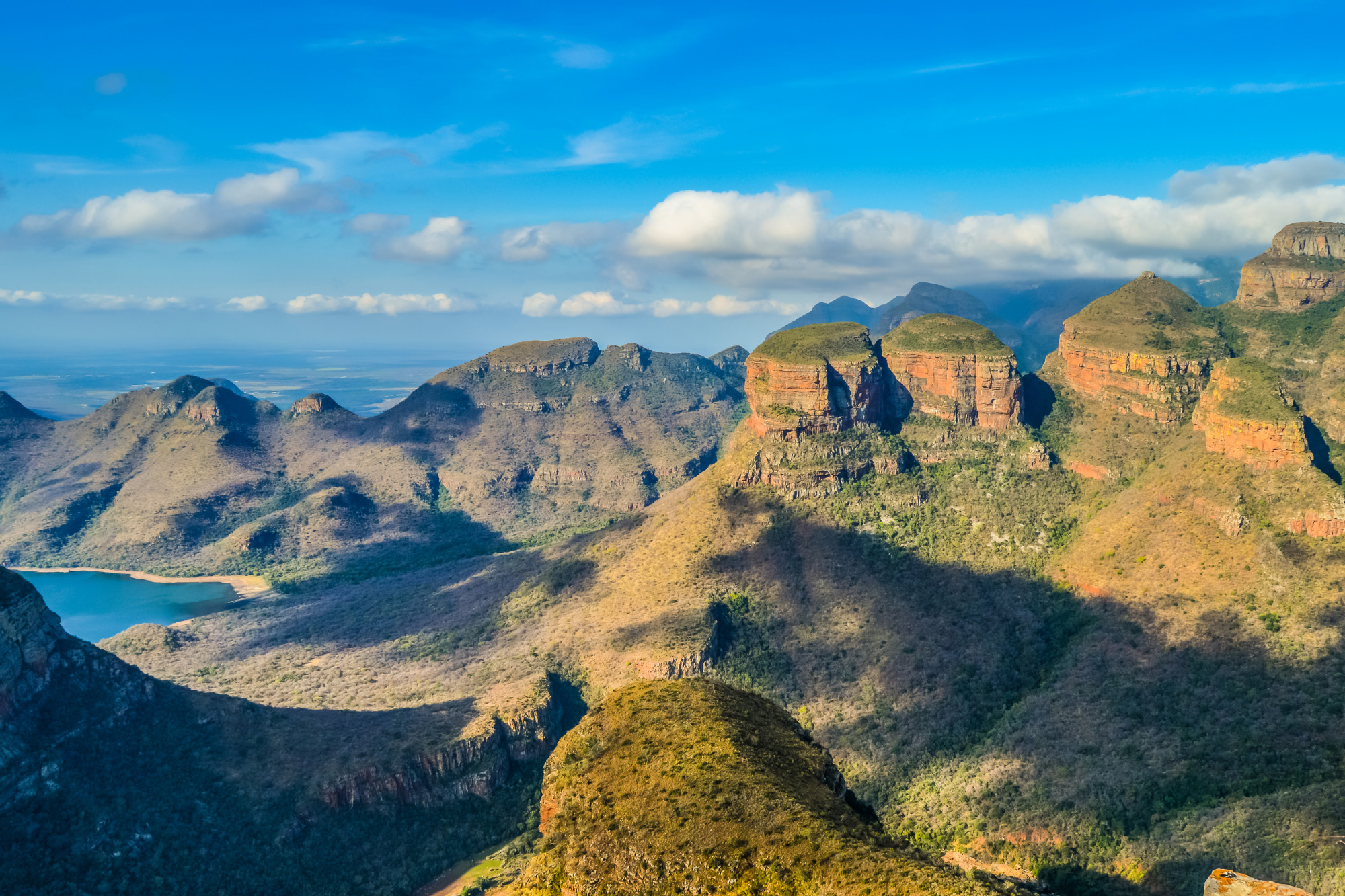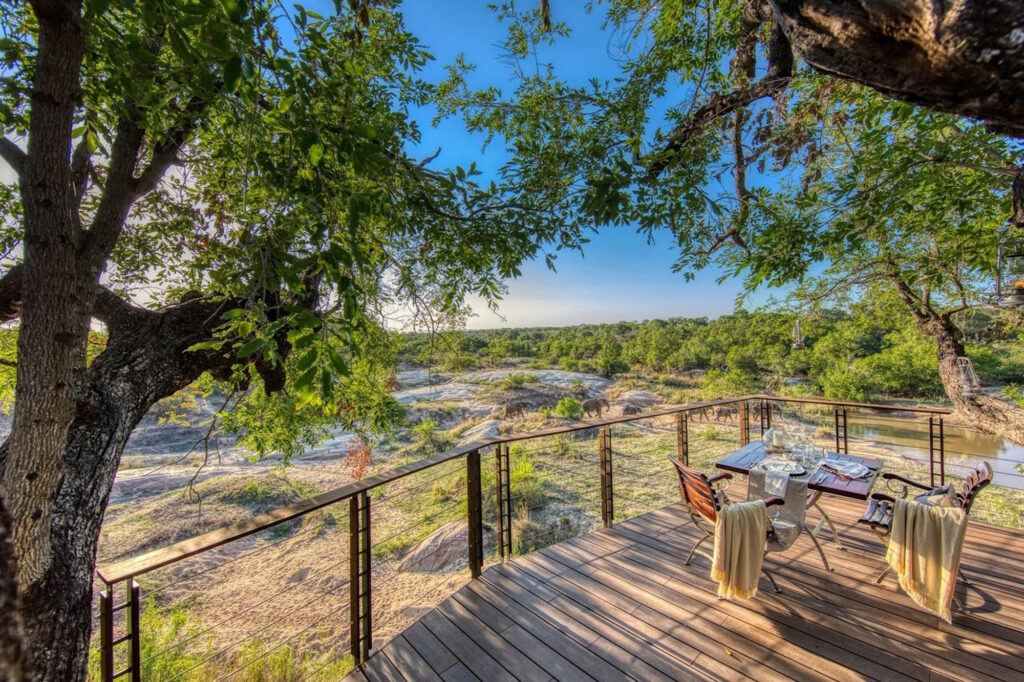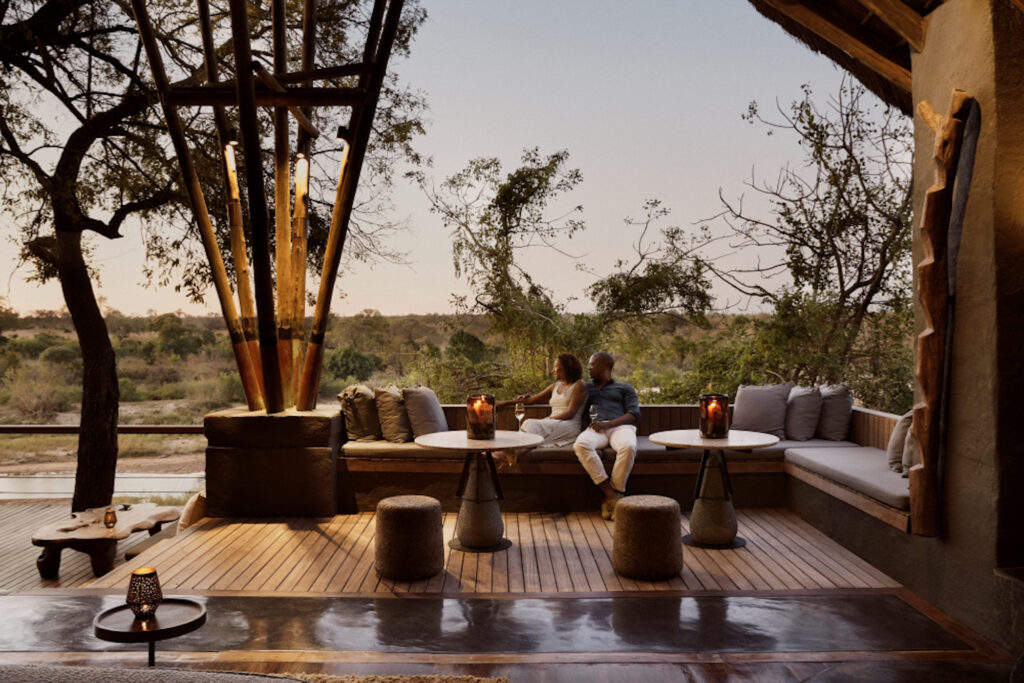
South Africa
Panorama route: the most scenic drive near Kruger National Park
Southern Africa • Insider guides • Panorama route: the most scenic drive near Kruger National Park
Kruger National Park’s most scenic drive
The Panorama route is a scenic drive that lives up to its name, offering you a journey through some of South Africa’s most breathtaking landscapes. Located near Kruger National Park in the Mpumalanga province, this route winds through the towering cliffs, lush forests and cascading waterfalls of the Drakensberg escarpment. In this guide, we’ll dive into the essentials of the Panorama route, answering all your burning questions to help you plan the ultimate road trip through this unforgettable region.
Table of Contents

What is the Panorama route and where is it located?
The Panorama route is a scenic drive in the Mpumalanga province of South Africa, stretching along the eastern escarpment of the Drakensberg Mountains. The main stretch of the route starts at Graskop and follows the R532, it’s about 160 kilometres long, taking you through scenic towns like Sabie. Its proximity to the Kruger National Park makes it an ideal addition to a safari adventure.
Most of the Panorama route is paved, making it accessible with a standard vehicle. A 4×4 vehicle isn’t necessary unless you plan on venturing off the main road or exploring nearby off-road trails and remote areas. Renting a standard car is the most convenient and flexible way to see the Panorama route, as it allows you to stop at the viewpoints, waterfalls and other attractions at your own pace.
Along the Panorama route, there are several spots to stop for a meal or snack. In the town of Graskop, Harrie’s Pancakes is a must-visit, famous for their sweet and savoury pancakes. For lunch, consider stopping at The Glass House in Graskop, they serve a variety of traditional South African dishes like lamb curry and oxtail stew. The Sabie Brewing Company in Sabie is also worth mentioning, serving up locally brewed craft beers alongside pub-style meals, making it a great stop for travellers interested in trying regional brews.
Staying in the area along the Panorama Route is highly recommended. The route covers a stretch with numerous attractions, so staying overnight allows you to fully appreciate its beauty without rushing. The towns of Graskop, Hazyview and Sabie offer a variety of accommodation options, ranging from guesthouses and boutique hotels to luxurious lodges with incredible views.
Read the article on the best luxury hotels along the Panorama route.

How do you get to the Panorama route from Kruger National Park?
If you’re travelling from Kruger National Park, the Panorama Route is easily accessible from the park’s main gates. From the Phabeni Gate near Hazyview, you can reach Graskop, within 45 minutes via the R535. If you’re starting from the Paul Kruger Gate, expect a drive of about 1 hour and 15 minutes to Graskop. From other gates like Numbi or Malelane, travel times range between 1 to 1.5 hours. The main gateway towns to the route include Hazyview and Graskop, both of which serve as convenient bases for exploring the area.


What are the must-see highlights along the Panorama route?
The Panorama route is packed with impressive viewpoints and natural attractions that showcase South Africa’s unique landscapes. Here’s a deeper look at the must-see highlights:
Blyde River Canyon
Blyde River Canyon is the crown jewel of the Panorama route, stretching 26 kilometres and plunging 800 metres deep. It’s the third-largest canyon in the world and the largest green canyon, named for its lush vegetation. The canyon offers some of the most dramatic scenery in South Africa, with several lookout points. The Three Rondavels viewpoint is a must-see, named for the three round, hut-like rock formations that resemble traditional African huts. You can also visit Lowveld View to see the canyon in its full glory. For the full experience, consider taking a boat trip on the Blyde Dam to explore the towering cliffs and diverse wildlife from below.
God’s Window
God’s Window is one of the most famous stops along the Panorama route and for good reason. This viewpoint offers sweeping views over the Lowveld plains. The rainforest setting around the viewpoint creates a serene and otherworldly atmosphere. For a more adventurous experience, take the short walk up to the rainforest viewpoint, which involves a steep climb but rewards you with unparalleled panoramic views.
Bourke’s Luck Potholes
Bourke’s Luck Potholes is a geological wonder where centuries of swirling water have carved out cylindrical rock formations in the bed of the Treur River. This natural feature is named after prospector Tom Bourke, who believed the area was rich in gold. Today, visitors come to admire the beautifully sculpted potholes, which are best viewed from the series of bridges and walkways above. The colours of the water and the rocks create a mesmerising contrast and you can spend time learning about the formation process at the on-site visitor centre.
Lisbon Falls
Lisbon Falls, at 94 metres, is the tallest waterfall along the Panorama route. It’s named after the Portuguese capital, reflecting the influence of early settlers in the area. The falls plunge dramatically into a gorge, creating a picture-perfect backdrop that’s ideal for photographers. You can reach the viewpoint after a short walk from the parking area, which offers stunning views of the cascading water. If you’re feeling adventurous, there are trails leading to the base of the falls, where you can feel the refreshing mist.
Berlin Falls
Berlin Falls is another stunning waterfall along the route. The falls drop in a single, elegant curtain from a height of about 80 metres into a deep pool below. The viewpoint allows you to see the full height of the falls, framed by the surrounding red cliffs and lush greenery. The combination of the rocky landscape and the clear water makes this a great spot for photography.
The Pinnacle Rock
The Pinnacle Rock is a 30-metre tall quartzite column rising out of the dense forest below. This geological formation stands alone, creating a striking contrast against the greenery. The Pinnacle is a must-visit if you are into photography. A short walk from the parking area brings you to a viewing platform where you can admire the formation and the panoramic views of the forested ravine.


How long does it take to complete the entire Panorama route?
A full tour of the Panorama Route typically takes around 6 to 8 hours, depending on how long you spend at each stop. If you’re short on time, it’s possible to see the main highlights in about 4 to 5 hours.
For those who wish to explore the area more deeply, spending one to two days is ideal. You can stay overnight in nearby towns like Hazyview or Graskop, allowing you to experience sunrise or sunset at some of the viewpoints.

When is the best time to drive the Panorama route?
The best time to explore the Panorama Route is during the dry winter season, which lasts from May to September. During these months, the skies are generally clear, providing the best visibility for panoramic viewpoints like God’s Window. While the temperatures are cooler, the lack of rain means that the waterfalls may not be as powerful, but the trade-off is clearer skies and better hiking conditions.
For those looking to see the waterfalls at their fullest, visiting during the summer months from October to April is ideal, though afternoon thunderstorms are common.

Are there any costs involved when visiting the panorama route?
While the Panorama route itself is free to drive along, several attractions along the way have small entrance fees. Here’s a breakdown of some key costs to consider:
Entrance fees for viewpoints and attractions
Bourke’s Luck Potholes: Entrance fees are typically around ZAR 65 per person, which includes access to the bridges and walkways offering views of the unique rock formations.
God’s Window: A small fee of around ZAR 20 per person is usually required to access the viewpoint and walking trails.
Lisbon Falls and Berlin Falls: Entrance fees range between ZAR 10-20 per person, depending on the waterfall.
Parking fees
Some of the more popular attractions may charge a small fee for parking. This is generally an affordable amount, usually ZAR 10-30 depending on the location.
Guided tours and activities
If you plan to take guided tours, such as a boat trip on the Blyde Dam or other organised activities, there will be additional costs involved. Boat trips, for instance, typically cost around ZAR 250-300 per person.

What are the key travel tips for driving the Panorama route?
Start early for the best views
The Panorama route is all about the scenery and morning light provides clear skies and softer lighting for photography. Starting early also gives you ample time to explore each stop without rushing and helps you avoid the midday crowds.
Plan your stops ahead of time
There are numerous viewpoints and attractions along the route, so it’s best to research and prioritise your must-see stops. Key highlights include Blyde River Canyon, God’s Window, Bourke’s Luck Potholes and Lisbon Falls. Map your route and decide which spots to visit based on the time you have.
Keep cash handy for entrance fees
It’s a good idea to carry some cash in South African Rand (ZAR) as some entrance fees may not be payable by card, especially at smaller or remote locations such as Bourke’s Luck Potholes and the waterfalls.
Drive carefully and stay alert
The roads along the Panorama route are generally well-maintained, but there are winding sections, steep inclines and areas with limited guardrails. Drive cautiously, especially around sharp curves and keep an eye out for wildlife, pedestrians and slow-moving vehicles.
Pack snacks, water and essentials
While there are small towns and rest stops along the way, it’s smart to carry enough water, snacks and any essentials you may need for the day. A picnic at one of the viewpoints, like the Three Rondavels, can be a fun experience amidst the stunning scenery.
Check the weather beforehand
The views from God’s Window and other high-elevation spots can be obstructed by fog and clouds, especially during the rainy season. Check the weather forecast before you set out and plan accordingly to enjoy the best visibility.
Wear comfortable walking shoes
Many viewpoints and attractions require short walks to reach the best lookout points. Wearing comfortable shoes will make it easier to explore trails to God’s Window, Bourke’s Luck Potholes and other scenic spots.
Bring a camera or smartphone with extra storage
The Panorama route is incredibly photogenic and you’ll want to capture its dramatic landscapes. Make sure your camera or smartphone is fully charged and bring extra storage or backup batteries to avoid running out of space.
Consider staying overnight
If you want to explore the Panorama route at a more leisurely pace, consider staying overnight in nearby towns like Graskop, Sabie or Hazyview. This allows you to take your time at each stop and experience more of the area’s beauty.
Read the article on the best luxury hotels along the Panorama route.
Share this
Stay in the know
Sign up for the latest hotspot news from Southern Africa.







